Editorial
Build bridges
The government should invest in useful infrastructure rather than view towers.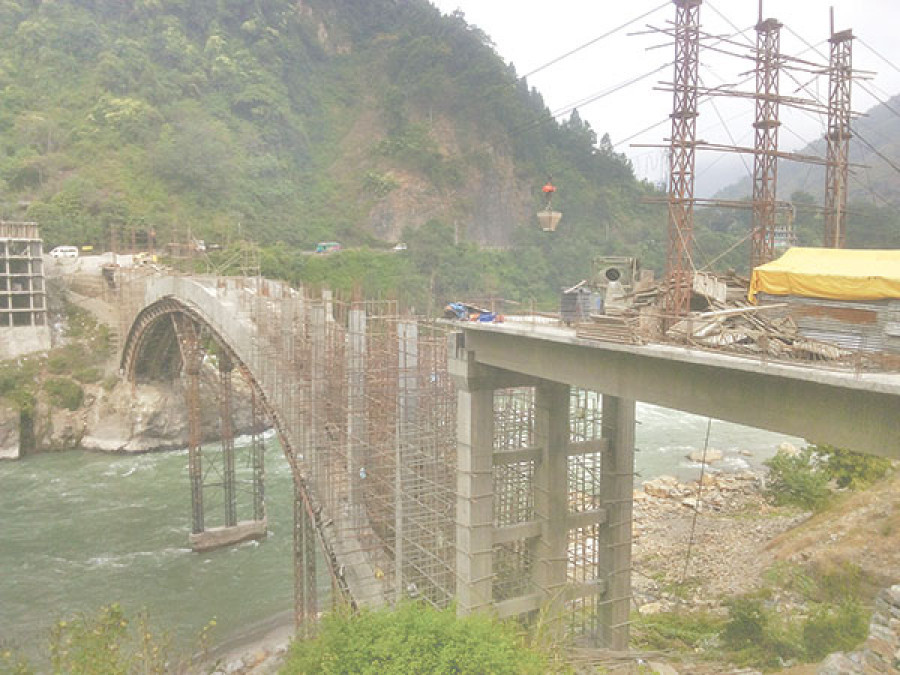
Earlier this month, the death of Jaya Singh Dhami in the remote Darchula district shook the nation. While investigations are underway to ascertain if a member of India’s Sashastra Seema Bal detached the metal cable from a tree just when Dhami was about to make it across the Mahakali River, the incident exposes how villagers in remote regions of Nepal continue to live in a state of statelessness. For the lack of a bridge, people are forced to cross rivers using tuins, unsafe boats, tubes, and wooden planks, and recurrent reports of lives lost while attempting to cross the river are worrisome.
Limi village in the remote Humla district is one such example. Every monsoon, the Karnali River swells up and cuts off the villagers’ access to the district headquarters of Simikot. Without a bridge, villagers swim or wade across the river by forming a human chain. An alternative route across a stream does not have a bridge, and repeated pleas for a bridge have remained unanswered, forcing people to risk their lives or wait until the water level recedes in December. For some 1,100 residents of Limi that covers Til, Jang and Halji villages, this is an annual event that disrupts their lives and puts them in a precarious situation. But the story is not limited to Limi; it reverberates across the country where access remains limited throughout seasons. It does not only impede socioeconomic development but also kills people.
Several studies and the government’s own experiences have shown that bridges play an essential role in improving people’s lives and boosting the rural economy. Schools see increased attendance. People seek professional medical advice at health posts and have access to hospitals and public services. Businesses mushroom, creating jobs and trading opportunities as bridges connect people and markets. With all the positive socio economic indicators, there is no doubt that building bridges is the most cost-effective rural infrastructure development to achieve cross-sector development goals.
Millions of Nepalis use bridges every day to make their way to schools, health posts, markets and district headquarters or the nearest bus stop that connects them to national highways. Because of bridges, the face of rural Nepal, especially in the hill and mountainous regions, has changed, opening up the rural population’s access to essential services and markets, which have contributed significantly to all the hard-won gains in socioeconomic and infrastructure development to date. And thanks to the Swiss Development Cooperation, the iconic trail bridges have heralded more changes in people’s lives than anything else and paved the way for all other development initiatives to follow. But five decades on, bridges remain imperative to save lives and connect the rural community to the world.
Most of Nepal’s development challenges have time-tested, easily replicable indigenous solutions, provided there is a political will to implement the fundamental principles of economic growth through strategic policies and budget allocation. Building bridges with homegrown experts is a cost-effective investment and policy framework for the government to ensure equal opportunities for citizens. Unlike view towers, welcome gates and other unnecessary concrete structures that are an eyesore and a total waste of taxpayers’ money, bridges serve both design and function while improving rural connectivity. To remote Nepal and its population, bridges are a boon for the people and a lifeline that the government must extend for inclusive development.




 18.12°C Kathmandu
18.12°C Kathmandu



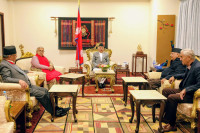

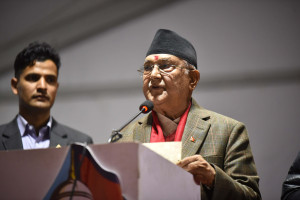
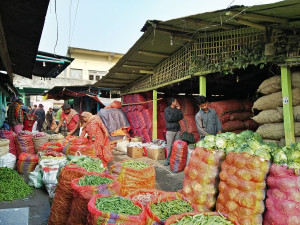

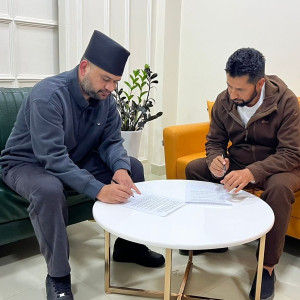



%20(1).jpg&w=300&height=200)

